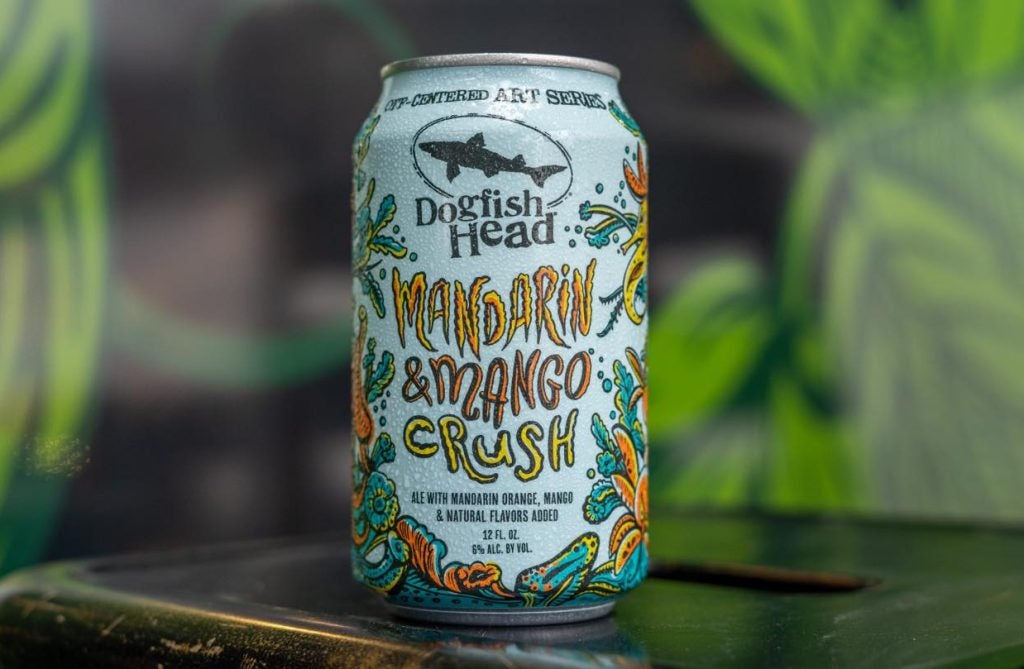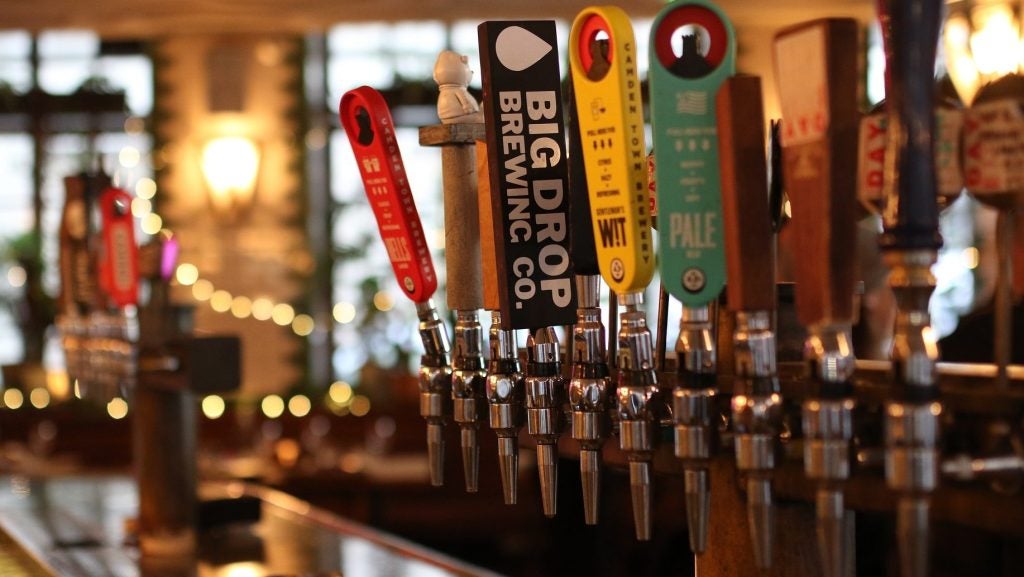 Driver fatigue doesn’t get as much attention as drunken driving, but it can be just as deadly. Soft drinks aimed at drivers are achieving record sales according to garage forecourt retailers and their effects are significant, reports Claire Phoenix.
Driver fatigue doesn’t get as much attention as drunken driving, but it can be just as deadly. Soft drinks aimed at drivers are achieving record sales according to garage forecourt retailers and their effects are significant, reports Claire Phoenix.
A recent Datamonitor report highlighted the increasing importance of the garage forecourt shop as an additional convenience feature for customers who want to do their weekly shop at the same location as filling up, with pay at the pump facilities contributing to non-fuel sales through shorter queues.
Volvic’s UK campaign Stop, Revive and Drive, of last summer, aimed to educate drivers on the importance of hydration while driving. Its research put Volvic as the leading single serve pack in forecourts and the fourth best selling soft drink behind Red Bull, Coke 50cl and Coke 33cl brands.
According to the Natural Mineral Water Information Service, only one person in 10 drinks as much water as health experts recommend to stay healthy and hydrated, despite the fact that around half of us (49%) know we should drink eight glasses or more per day.
Consumer education on basic hydration has increased dramatically over the last year. Volvic’s campaign saw the distribution of hundreds of pamphlets throughout BP filling station forecourts in the UK’s South West. These also encouraged drivers to take a 15-minute break every two hours on long journeys and to be wary of air conditioning and heating leading to dehydration and decreased co-ordination.
How well do you really know your competitors?
Access the most comprehensive Company Profiles on the market, powered by GlobalData. Save hours of research. Gain competitive edge.

Thank you!
Your download email will arrive shortly
Not ready to buy yet? Download a free sample
We are confident about the unique quality of our Company Profiles. However, we want you to make the most beneficial decision for your business, so we offer a free sample that you can download by submitting the below form
By GlobalDataGetting less sleep
“We live in a 24 hour society where a lot of people are tired all the time,” said Joyce Walsleben, PhD Director of Sleep Disorder Centre at Bellevue Medical Centre,New York University. She cites studies showing that over the past century Americans have shortened their sleep time by as much as 20%. Although on average people require seven to eight hours sleep a night often today they get much less and are turning to energy drinks as a way of keeping awake at the wheel.
According to the National Highway Transportation Board, driver drowsiness and fatigue account for more than 1,500 deaths a year on US highways. The National US Traffic Safety Administration (NHTSA) estimates that approximately 100,000 police-reported crashes (about 1.5% of all crashes) annually involve drowsiness and fatigue as a principal causal factor.
Drivers must learn to recognise when they are in danger of falling asleep and cannot predict when a microsleep may occur. Tricks such as opening the window or turning up the radio have been shown to work for only a short time. It is far safer to respond to symptoms of fatigue by finding a safe place to stop for a power nap – 15 to 45 minutes is generally sufficient to reboot. Drinking coffee or another source of caffeine before this nap is recommended to promote short term alertness as it takes 30 minutes for the caffeine to enter the blood stream and take effect.
Loughborough University in the UK has published a report from its Sleep Research Centre entitled ‘Arrive Alive: tackling the killer problem of Driver Sleepiness’. It recommends that drivers should keep spare cans of functional energy drinks in the glove compartments of their cars and concluded the report with the warning “even a few seconds doze at the wheel can kill”. According to the study, sleep deprivation is believed to be a bigger killer on the roads than alcohol. Those most at risk include night shift workers, journalists, pilots and cabin crew, commercial drivers, students, doctors and nurses and sales representatives because of long or unusual working hours.
The message resulting from Loughborough Sleep Centre’s research is: “Driver sleepiness is avoidable; we suggest a couple of cans of functional energy drink be kept in the glove compartment, to be taken by the sleepy driver during a break from driving, off the road, along with a short nap or doze for no more than 15 minutes”.
Research found that consumption of one can of Red Bull significantly reduced sleep-related incidents in the purpose built car simulator. Volunteers, especially males under 30, were chosen from the population most at risk. At the beginning of a 30 minute break from driving were given identically tasting drinks without knowing whether these were energy drinks or control drinks without the active ingredients.
One can reduced subjective sleepiness for the first 60-90 minutes of driving; two cans practically eliminated sleep-related incidents for the first 90 minutes. Advertising standards authorities and brands in other sectors who have been hoping to discount claims from functional and energy drinks companies have been informed about this. (In tests Red Bull was used – other drinks may not have had the same results.)
Key brands
UK retailers took sales of energy and sports drinks above £750m in 2001, an increase in excess of £50m over the previous year. Three key brands provide the backbone of UK energy and sports drinks sales – Red Bull, Lucozade Energy and Lucozade Sport. Major road organisations in the UK such as the RAC have produced their own drinks, eg RAC124 .
And, 31% of top supermarkets were found to be losing sales of energy drinks through Out of Stocks in a trade survey carried out in September 2001. To capitalise on potential profits retailers must first focus on having enough space for leading brands that notably have the highest cash margins in the soft drinks fixture. Chairman of the Association of Convenience Stores Mike Greene underlined this:
“There is a huge missed opportunity in soft drinks sales on garage forecourts, with thousands of shoppers leaving without the beverage they intended to buy, each month, mainly due to availability, which I believe is due to too wide a range offered and too little space allocated”.
After a hesitant start in 1995, Red Bull really took off in 1998, Today multipacks of four are extremely popular in both major multiples and service stations. Of the other companies muscling in, all contenders have similar active ingredients. These range from amino acids such as taurine to herbal extracts such as guarana. Caffeine delivers much of the energy boost with added vitamins and a sugar boost resulting in carbohydrate-rich beverages. Energy drinks were aimed originally at 16-25 year olds, but the main target of clubbers and students soon escalated across all age groups and in particular to drivers and people at work needing to stay on form.
Energy and sports drinks share of advertising is consistently higher than that of other soft drinks but, most importantly, cash rates of sale are among the highest with Red Bull cans beating every other single-serve carbonated soft drink including Coca-Cola. BP, Jet and Total forecourts all launched dedicated Red Bull campaigns during 2001 with significant results.
The Jordon Formula One team drink, EJ-10, had a £10 million launch – one of the largest ever seen in the now crowded energy drinks market – and is geared towards stopping drivers falling asleep at the wheel. Developed to give a 90-minute boost, eight minutes after drinking, without using caffeine or taurine, this healthy alternative uses a complex sugar and wheat-derived formula. Point of sale material highlights the link to the Jordan Formula One racing team. Red Alert, Virgin dt, Red Devil and Shark all concentrate on the youth sports markets with some focusing on extreme sports sponsorship which highlights the ‘hit’ they supply. Own label such as Tesco’s Kick, produced in an economical 1 litre bottle, is increasing sales on a daily basis.
Energy launches
InterBev 2002 saw the introduction of new energy drinks plus the US launch of some established European energy brands. Sourced in Thailand, Shark’s sweet berry citrus combination entered the US market along with XO (also from Thailand), while from the Austrian market Power Horse, with a more mellow flavour than many of its competitors – packs a punch with caffeine, taurine and B vitamins and is available in 13 countries worldwide. Rev Up in four flavours looks like another contender to boost the drowsy driver, so does Monster Energy released last October.
With more car owners than ever before and a more demanding lifestyle for most us, energy drinks look set for safe (and even racy?) future. Further research is being carried out on functional content but the consumer has taken energy drinks fully on board across all ages and genders after a relatively slow start in the late 90s. No wonder then that so many beverage companies are looking to claim their share of the market. They are driven to it.
For more information on Soft Drinks International visit: www.softdrinksjournal.com.





